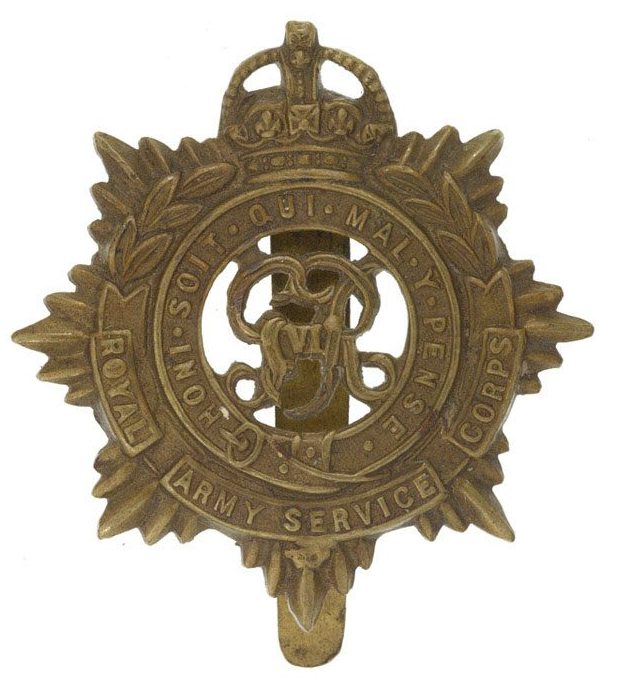Personal Details
Born: 6 April 1882 in Hanmer, Flintshire, Wales and baptised on 7 May the same year in Hanmer parish church.
Family: He was the second of eight children born to Thomas Sudlow, a smallholder, and his wife Eliza. He married Ethela Carr on 22 November 1910 in Liverpool and together they had four children – Doris, Ethela, Margaret and Frederick R.
Residence: In 1891 he lived with his parents and siblings in Bradenheath, Bettisfield, Flintshire, Wales. In 1911, having married, and through to at least 1915, he was living with his wife at 142 Rice Lane, Walton, Liverpool. In 1939 he lived at 8 Elm Road, Liverpool.
Employment: Licensee
Died: September 1947, in Liverpool, aged 65.
Military Details
Regiment: Army Service Corps (previously Coldstream Guards)
Rank: Private
Service Number: T/439891 (previously 21033)
Date of Enlistment: 12 December 1915
Date of Discharge: 13 March 1919
Reason for Discharge: Demobilisation
Other Information: Gunshot wound to right knee, 25 March 1918.
Richard was awarded the Campaign Medals (British War Medal and Victory Medal).

The British War Medal (also known as 'Squeak') was a silver or bronze medal awarded to officers and men of the British and Imperial Forces who either entered a theatre of war or entered service overseas between 5th August 1914 and 11th November 1918 inclusive. This was later extended to services in Russia, Siberia and some other areas in 1919 and 1920. Approximately 6.5 million British War Medals were issued. Approximately 6.4 million of these were the silver versions of this medal. Around 110,000 of a bronze version were issued mainly to Chinese, Maltese and Indian Labour Corps. The front (obv or obverse) of the medal depicts the head of George V. The recipient's service number, rank, name and unit was impressed on the rim.
The Allied Victory Medal (also known as 'Wilfred') was issued by each of the allies. It was decided that each of the allies should each issue their own bronze victory medal with a similar design, similar equivalent wording and identical ribbon. The British medal was designed by W. McMillan. The front depicts a winged classical figure representing victory. Approximately 5.7 million victory medals were issued. Interestingly, eligibility for this medal was more restrictive and not everyone who received the British War Medal ('Squeak') also received the Victory Medal ('Wilfred'). However, in general, all recipients of 'Wilfred' also received 'Squeak' and all recipients of The 1914 Star or The 1914/1915 Star (also known as 'Pip') also received both 'Squeak' and 'Wilfred'. The recipient's service number, rank, name and unit was impressed on the rim.

